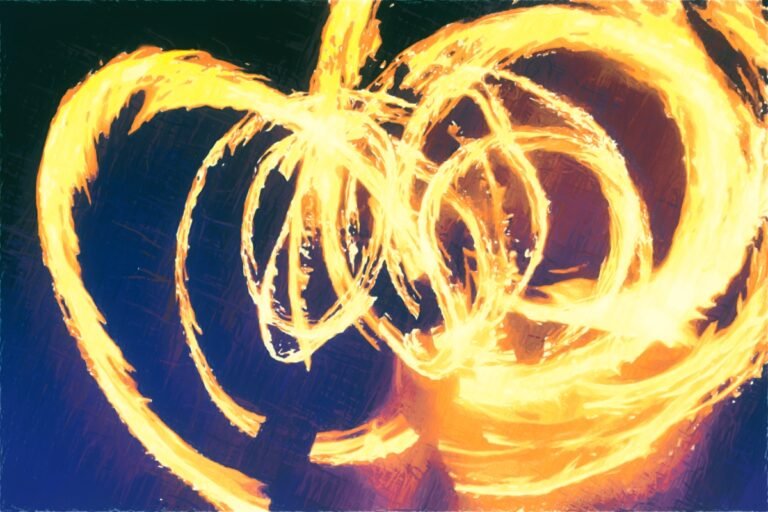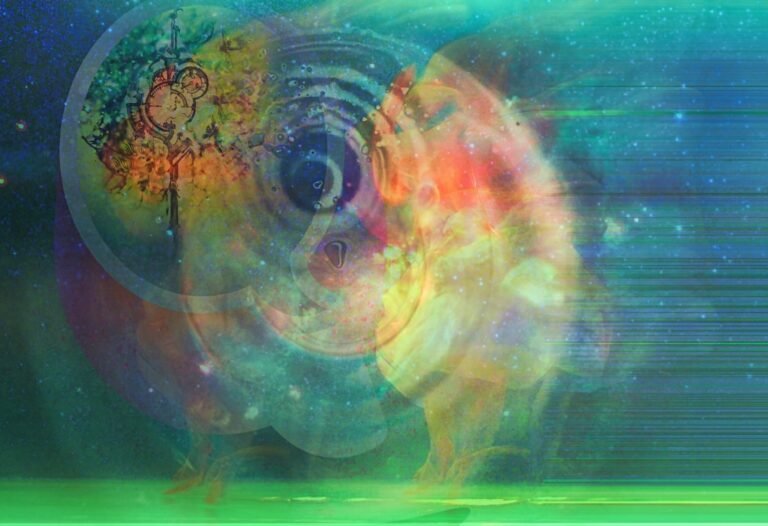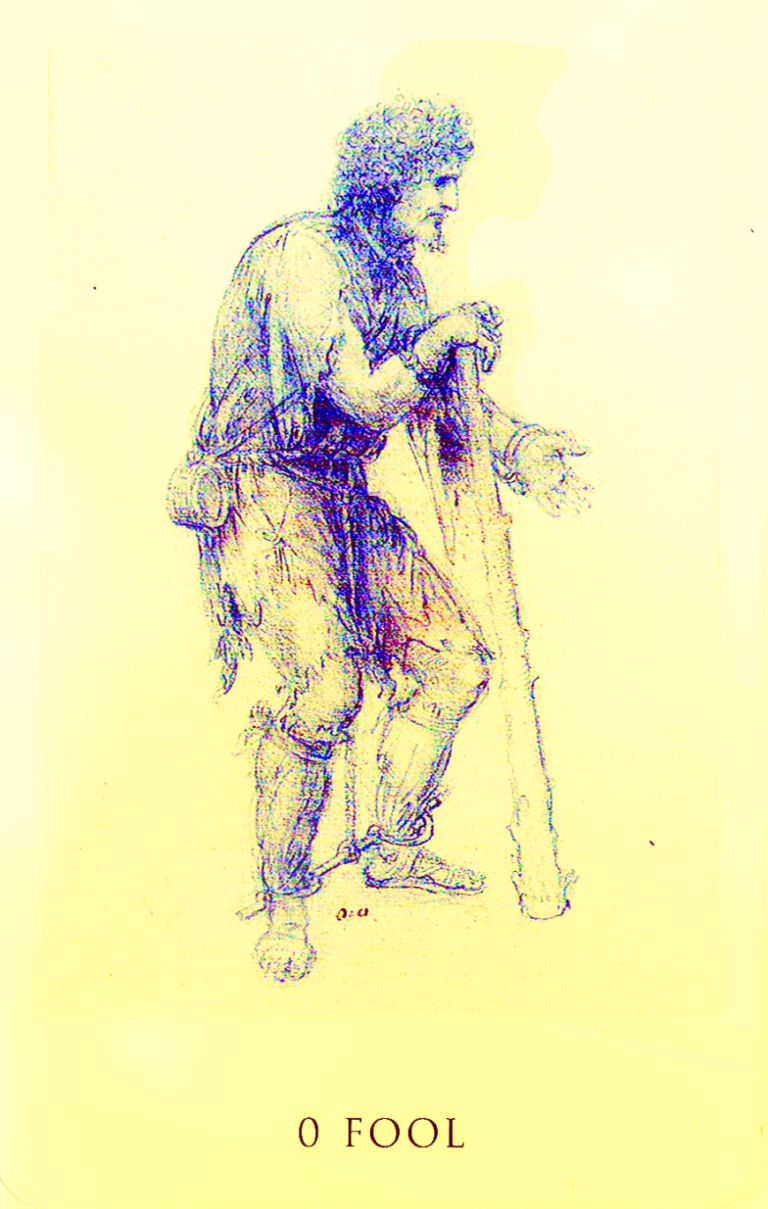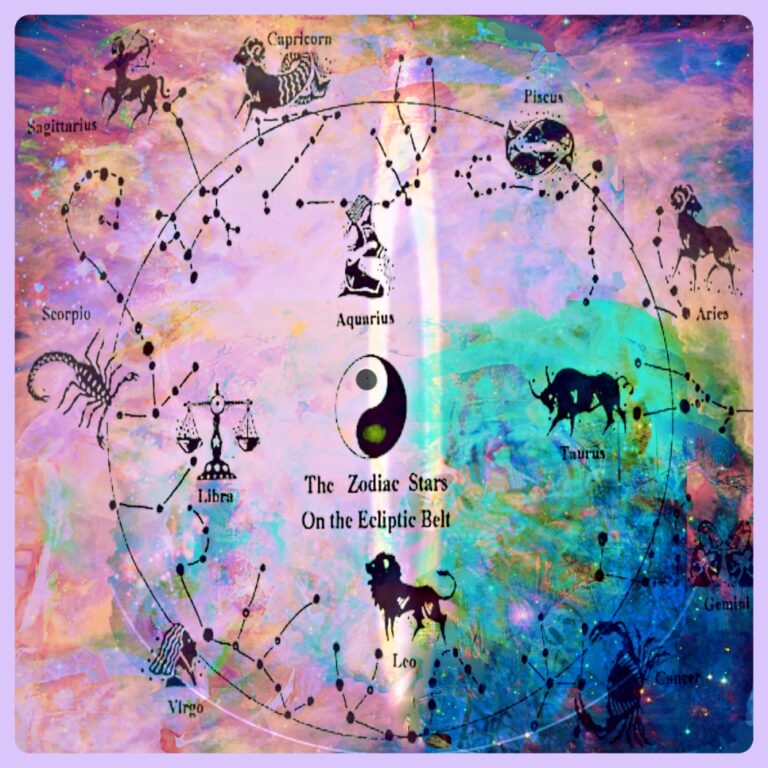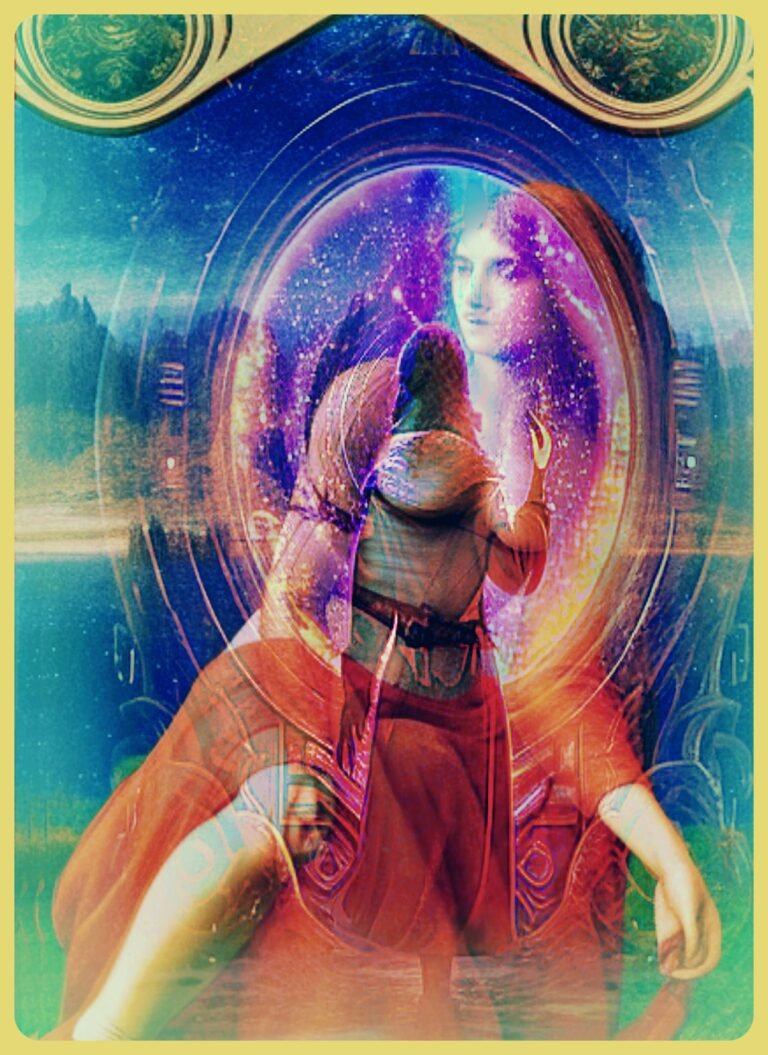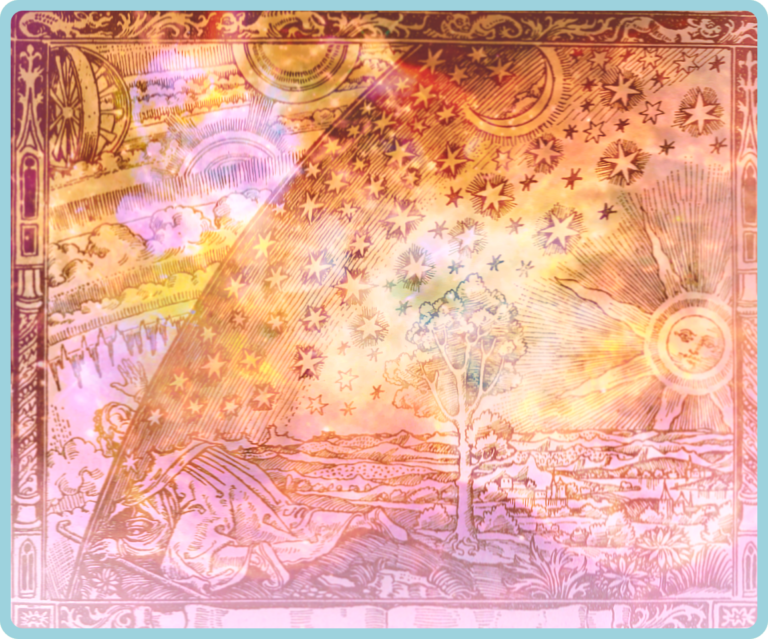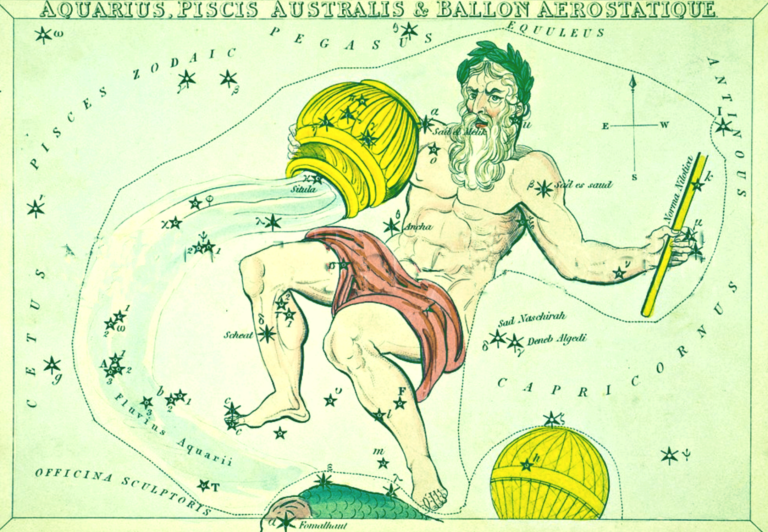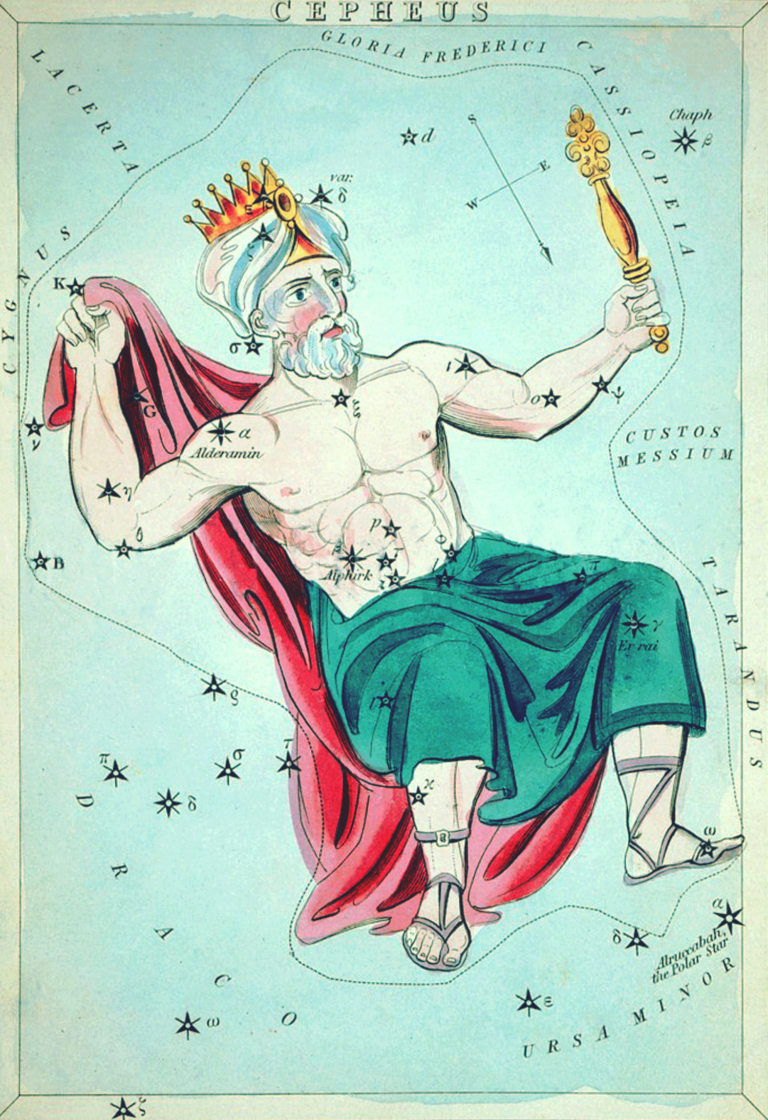Ursa
A constellation of emotion. Drawing on memories’ insular portents. Sequestered portions of insight amble into ambit. A porpoise-full consideration slowly rolls over to reposition. The shell of the soul cracked like the muscle-memory of a chiropractor reaching a book on the shelf. Tufts of hair tilt over like a crowning moment to remembrance’s endear. A …
